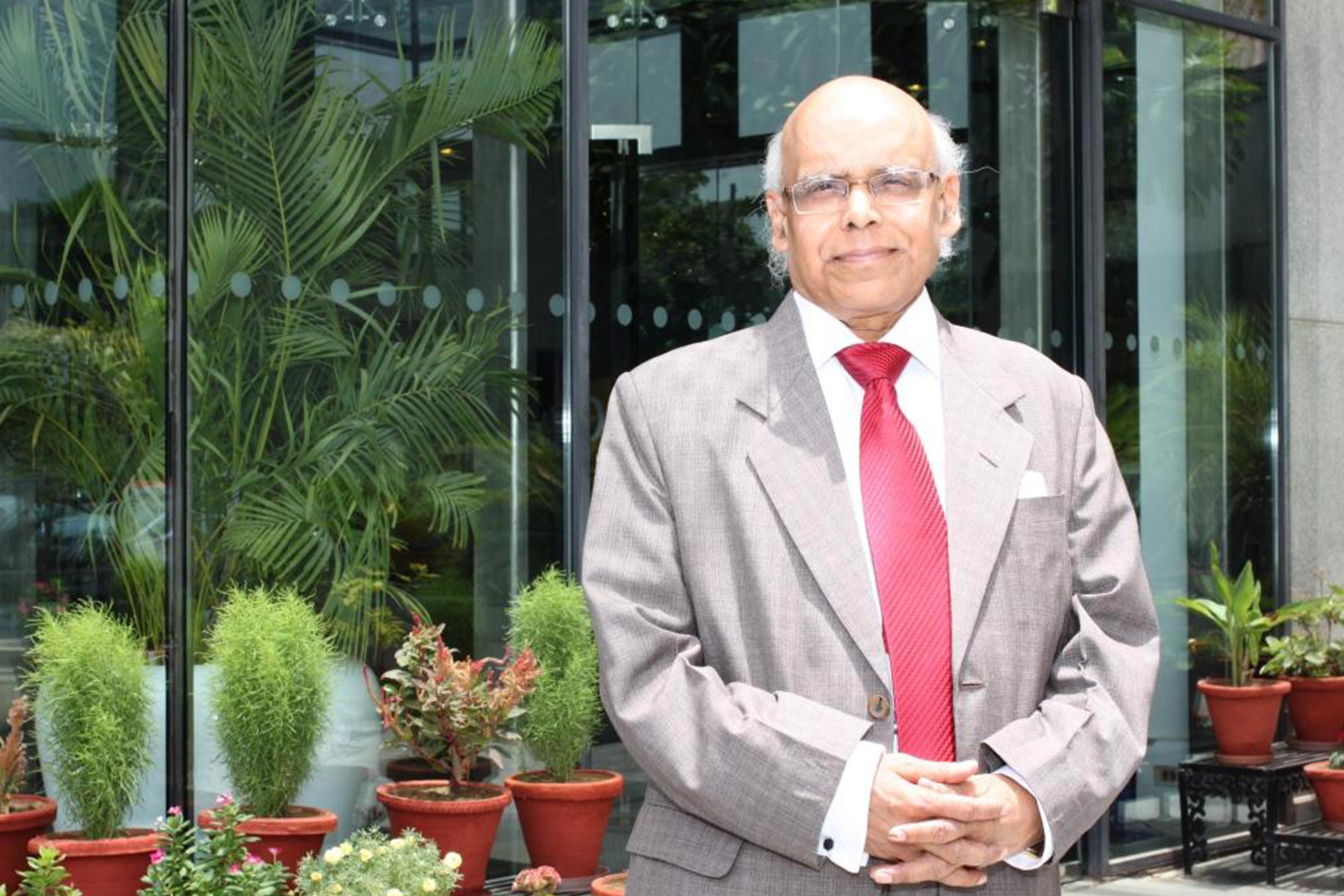EY refers to the global organization, and may refer to one or more, of the member firms of Ernst & Young Global Limited, each of which is a separate legal entity. Ernst & Young Global Limited, a UK company limited by guarantee, does not provide services to clients.
How EY can help
-
EY India provides expert tax policy advisory services, offering insights and strategies to navigate complex tax regulations and drive business growth.
Read more
Fiscal trends: capital expenditures of state governments
The economic performance of a state depends, among other factors, to a significant extent on the size of the state public finances and the fiscal policies followed by the state government. Table 2 shows that among the top five states, UP has allocated a higher priority for capital expenditures, which accounted for 3.6% of GSDP on average during FY18 to FY20. On the other hand, MH has provided for a lower share of capital expenditures relative to GSDP. Thus, in the case of GJ and MH, the private sector has played a relatively important part whereas in the case of UP, government intervention in the economy has been quite significant.





